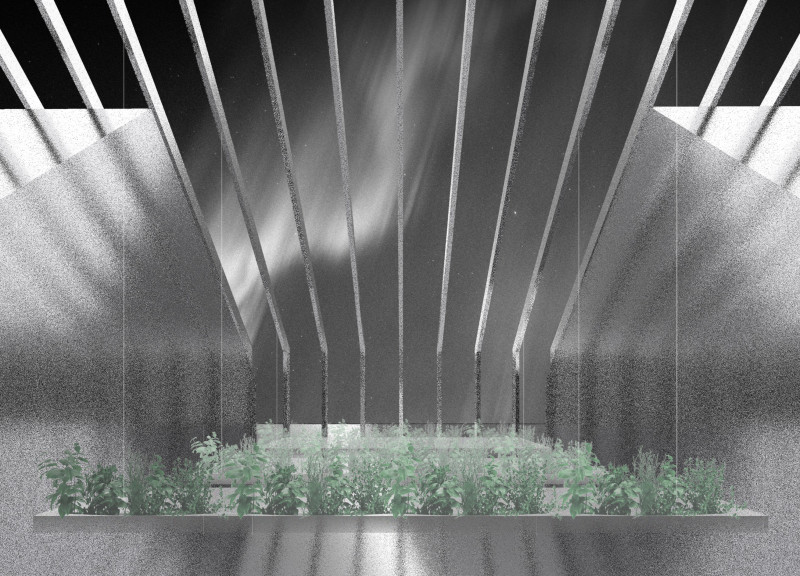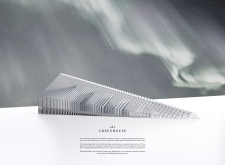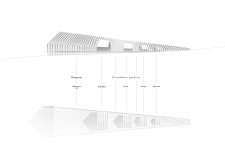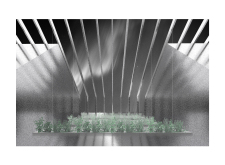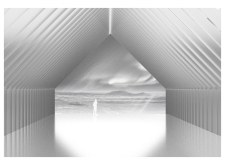5 key facts about this project
The Iceland Greenhouse restaurant design combines food and farming in a way that invites visitors to engage with their meals from the ground up. Set against the backdrop of the milky-blue natural springs of Mivati and the Hverfjall volcano, the restaurant emphasizes the connection between the environment and dining. The design features a light permeable metal structure that allows nature to play a central role in the dining experience.
Design Concept
The approach takes inspiration from traditional greenhouses, reimagining them for a modern audience. It emphasizes transparency and interaction, creating a flow between the restaurant hall and greenhouse areas. Patrons can witness the development of ingredients, fostering a deeper understanding of where their food comes from. The layout encourages a sense of exploration and appreciation for the growing process.
Spatial Organization
Careful planning shapes the arrangement of spaces, with technical facilities such as kitchens, storage rooms, and bathrooms placed within distinct boxes. These boxes echo the main building’s form, ensuring a harmonious look. This organization helps keep the focus on the dining and greenhouse areas, enhancing the overall experience without distraction.
Materiality
Light permeable metal is the main material used in the structure. This choice brings in plenty of natural light while creating a strong link between indoor and outdoor spaces. The design benefits from this material, which contributes to an open and inviting atmosphere. This transparency invites visitors to interact more freely with their surroundings and gain insights into sustainable food practices.
Connecting dining and cultivation deepens the relationship between people and their food. The layout encourages an awareness of sustainability and the environment. As guests move through the restaurant, they can experience the rhythms of production and consumption, creating a space that reflects thoughtful design while also celebrating nature’s role in the culinary experience.


